Finding Relief: Managing Pain from C-Section Scars with Shockwave Therapy.
Cesarean section (C-section) scars, though a common outcome of childbirth, can sometimes lead to persistent pain and discomfort for mothers. This lingering pain, often affecting mobility and quality of life, presents a significant challenge during the postpartum period. Fortunately, emerging therapies like shockwave therapy offer promising avenues for managing pain from C-section scars. In this post, we explore the role of shockwave therapy in alleviating pain associated with C-section scars, highlighting its mechanisms and potential benefits.
Targeted Pain Relief:
Pain around C-section scars can stem from various factors, including nerve damage, tissue tension, and inflammation. Shockwave therapy delivers focused acoustic waves to the affected area, targeting pain receptors and disrupting nociceptive signaling pathways. By modulating pain perception and reducing hyperexcitability of nerves, shockwave therapy offers targeted pain relief, allowing mothers to experience greater comfort and mobility during the postpartum period.
Reduction of Scar Tissue Adhesions:
Adhesions within C-section scars can contribute to pain and discomfort by restricting tissue mobility and causing friction during movement. Shockwave therapy helps break down fibrous adhesions within scar tissue, promoting tissue flexibility and reducing tension along the scar line. This softening effect not only alleviates pain but also improves range of motion, allowing mothers to engage in daily activities with greater ease and comfort.
Stimulation of Tissue Healing:
C-section scars may undergo delayed or incomplete healing, leading to persistent pain and inflammation. Shockwave therapy stimulates tissue repair and regeneration by promoting angiogenesis, collagen remodeling, and cellular proliferation within scar tissue. This accelerated healing process enhances scar integrity and reduces inflammatory responses, ultimately relieving pain and facilitating a smoother recovery from childbirth.
Non-Invasive and Well-Tolerated:
Unlike surgical interventions or invasive procedures, shockwave therapy is non-invasive and well-tolerated, making it a preferred option for mothers seeking conservative approaches to pain management. With minimal side effects and no downtime, shockwave therapy can be safely administered as part of postpartum care, offering an effective and convenient solution for addressing pain from C-section scars without the need for medications or surgical interventions.
Improving Quality of Life:
Pain from C-section scars can significantly impact a mother's quality of life, affecting her ability to care for herself and her newborn child. By providing effective pain relief and promoting faster recovery, shockwave therapy helps mothers regain their independence and confidence during the postpartum period. With reduced pain and improved mobility, mothers can fully embrace the joys of motherhood and focus on bonding with their baby without the burden of persistent discomfort.
Shockwave therapy holds immense promise as a non-invasive and effective treatment for managing pain from C-section scars. By targeting pain receptors, reducing scar tissue adhesions, stimulating tissue healing, and improving overall quality of life, shockwave therapy offers a holistic approach to postpartum care. As more women seek alternative therapies for pain management after childbirth, shockwave therapy emerges as a valuable tool in promoting maternal well-being and enhancing the postpartum experience.
Looking For More Information About Similar Topics?
Learn more about our clinic based in Kelowna, BC here.
Check out our free to download exercises.
Learn about chiropractic care for chronic pain on our blog.

